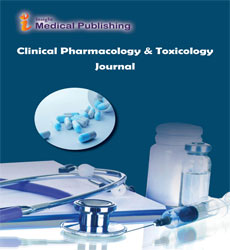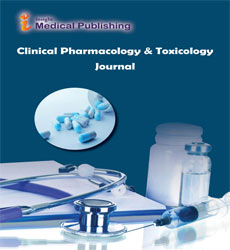Prediction of Selected Biosynthetic Pathways for the Lipopolysaccharide Components in Porphyromonas Gingivalis
Abstract
Porphyromonas gingivalis is an oral human pathogen. The bacterium destroys dental tissue and is a serious health problem worldwide. Experimental data and bioinformatic analysis revealed that the pathogen produces 3 types of lipopolysaccharide (LPS): normal (O-type), anionic (A-type), and capsular (K-type). The enzymes involved in the production of all three types of lipopolysaccharide have been largely identified for the first two and partially for the 3rd type. In the current work, we use bioinformatics tools to predict biosynthetic pathways for the production of the normal (O-type) lipopolysaccharide in the W50 strain Porphyromonas gingivalis and compare the pathway with putative other pathways in fully sequenced and completed genomes of other pathogenic strains. Selected enzymes from the pathway have been modeled and putative structures are presented. The pathway for the A-type antigen could not be predicted at this time due to two mutually exclusive structures proposed in the literature. Pathway for the K-type antigen biosynthesis could not be predicted either due to the lack of structural data for the antigen. However, pathways for the synthesis of lipid A, its core components, and the O-type antigen ligase reaction have been proposed based on a combination of experimental data and bioinformatic analyses. The predicted pathways are compared with known pathways in other systems and discussed. It is the first report in the literature showing in detail predicted pathways for the synthesis of selected LPS components for the model W50 strain of P. gingivalis.

Open Access Journals
- Aquaculture & Veterinary Science
- Chemistry & Chemical Sciences
- Clinical Sciences
- Engineering
- General Science
- Genetics & Molecular Biology
- Health Care & Nursing
- Immunology & Microbiology
- Materials Science
- Mathematics & Physics
- Medical Sciences
- Neurology & Psychiatry
- Oncology & Cancer Science
- Pharmaceutical Sciences
